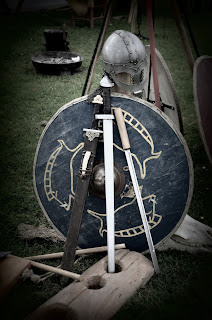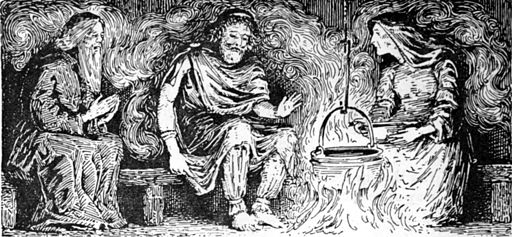Where Other Pagans Have it Wrong
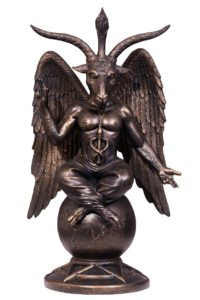 Today I’m throwing mud at another pagan religion, which probably will put me on their curse list. So be it. I don’t believe in that shit anyway, so cursing me won’t work.
Today I’m throwing mud at another pagan religion, which probably will put me on their curse list. So be it. I don’t believe in that shit anyway, so cursing me won’t work.
I’m a full-on Heathen, regardless of the names the recons love to sling at me. Although I do think that most pagan gods are simply other manifestations of our gods, there are some gods that Wiccans and other pagans flirt with that I think are just not a good idea. I look at their veneration and maybe even worship of these gods and wonder how they could put a positive spin on what is considered demons and devils in Christianity.
Are You Really Pagan, or Are You Just Taking Crap from Judaeo-Christian Lore?
I’ve been reading about different pagan beliefs, especially Wiccan, and if I’m reading things right, a lot of current foundation of Wicca is from Gardner, who was heavily influenced by the book, Aradia, or the Gospel of the Witches. The tl;dr version of Aradia is about the female messiah who is the daughter of Diana and Lucifer. All of which are supposedly wonderful and nice.
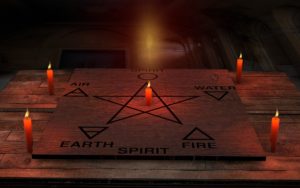 Does anyone see a problem with this? One writer on Patheos talks about who exactly the daughter of Cain is in this book. There are a number of issues with Aradia, the least of which is the racism and antisemitism in the book, itself. I’m willing to pass on it only because the book was written in 1899 and antisemitism and racism was strong then. I’m not, however, giving those modern day witches a pass on using this book, but that isn’t my point at the moment. My point is that Aradia is taking Judaeo-Christian beliefs and fitting them into its own narrative. It is treating the Bible and Christian lore as being factual or real.
Does anyone see a problem with this? One writer on Patheos talks about who exactly the daughter of Cain is in this book. There are a number of issues with Aradia, the least of which is the racism and antisemitism in the book, itself. I’m willing to pass on it only because the book was written in 1899 and antisemitism and racism was strong then. I’m not, however, giving those modern day witches a pass on using this book, but that isn’t my point at the moment. My point is that Aradia is taking Judaeo-Christian beliefs and fitting them into its own narrative. It is treating the Bible and Christian lore as being factual or real.
Why this is a Big Deal
Okay, so why do I have my panties in a wad over this? Well, it’s derivative, for one thing. And it’s 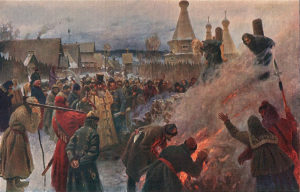 derivative not from pagan belief, but from a monotheistic belief. The exact monotheistic belief pagans are purportedly not believing in. It’s like saying, “I don’t believe in your god, but hey, we’re going to take the trappings and lore from your religion and use it however the hell it suits us.”
derivative not from pagan belief, but from a monotheistic belief. The exact monotheistic belief pagans are purportedly not believing in. It’s like saying, “I don’t believe in your god, but hey, we’re going to take the trappings and lore from your religion and use it however the hell it suits us.”
And you wonder why the Christians burned these people at the stake? Seriously?
Now again, burning people at the stake not something I’m even advocating, but when you start taking villains of a religion and make them your heroes, you’re bound to get some push back by the dominant religion. Yeah, you might say that your version came first, but really? Really? From where I’m sitting, I’m not seeing it. It looks like an offshoot of Christianity and even smacks of satanism. (Not the atheist satanism, but the image satanism conjures up for most Christians.) Aradia was published some 1899 years after the supposed birth of Christ. Claim all you want to that it comes from older texts, but there’s no proof in that. You just have one author/translator who is spouting some ugly antisemitic words that was pretty much the attitude at that time.
You Either Believe in it, or You Don’t
 I don’t believe in the Jewish and Christian god. I think it is a construct that came from one sect of the Canaanites that eventually became Jewish. They put their patron god Yahweh above all the other gods and came up with monotheism.
I don’t believe in the Jewish and Christian god. I think it is a construct that came from one sect of the Canaanites that eventually became Jewish. They put their patron god Yahweh above all the other gods and came up with monotheism.
Given that other religions have come up with monotheism seems to indicate that the idea isn’t that new. It’s just a way to say that your tribe and your god is better than anyone else’s to the point where you discount other people’s gods.
If you’re taking pieces from the Judaeo-Christian religions and putting them together in ways that are insulting to those who actually believe the stuff, you’re really just perpetuating the myth that all pagans are Satan worshipers and evil. Come to think about it, you’re perpetuating the belief that witches worship Satan.
Try Something Different
I get that the Wiccans may take some of their beliefs from other Middle Eastern religions like 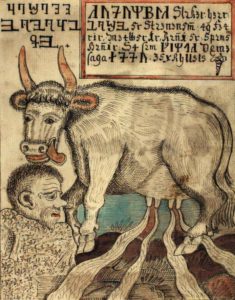 Zoroastrian, but honestly, aren’t you being a little narrow in your world views? I’ve heard that there were somewhere around 5000 different religions. Instead, you’re mixing Christianity, Zoroastrian, and Roman religions to come up with something you like?
Zoroastrian, but honestly, aren’t you being a little narrow in your world views? I’ve heard that there were somewhere around 5000 different religions. Instead, you’re mixing Christianity, Zoroastrian, and Roman religions to come up with something you like?
Yeah, I’m a Heathen and I follow the Northern pantheon. But I don’t say Lucifer and Diana bore Odin, or some such nonsense. No, I have a celestial cow who licks the rime off a god who has children that slay a frost giant and build the world from his body. Totally logical.
Okay, maybe not.
But many Heathens, myself included, get that the stories we read are just stories. They may be metaphors for the actual universe coming into being, or they just might be good stories people told. Those who follow the tenets in Aradia may believe that as well, I don’t know.
My point is that of all the religions it could take from, it took from Christianity. And not even the good parts. Cain and Lucifer and Lilith? Seriously? Certainly there are other religions with better beliefs and magic systems. While I, myself, don’t believe in magic, I can appreciate wanting to learn something like magic. Heathen magic is pretty minimal in comparison to Wicca and other systems, so I don’t recommend it for those who want to learn magic. But there are somewhere close to 5000 other belief systems to explore for that.
Just some thoughts.
—
A special thanks to my patron James Sean Cudd for his amazing $20 patronage! You too can be a patron to this blog for just $1. Check it out.
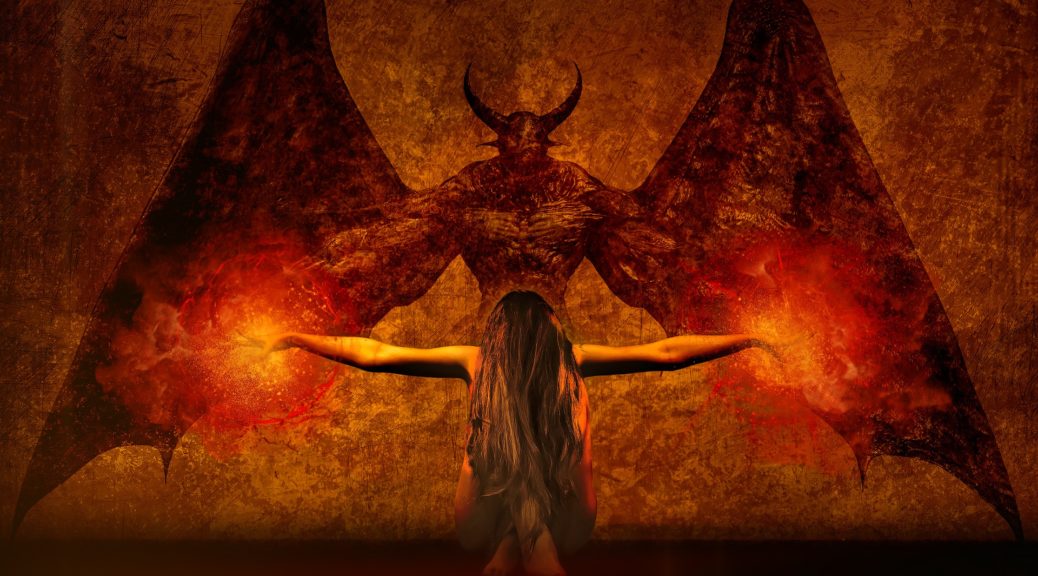
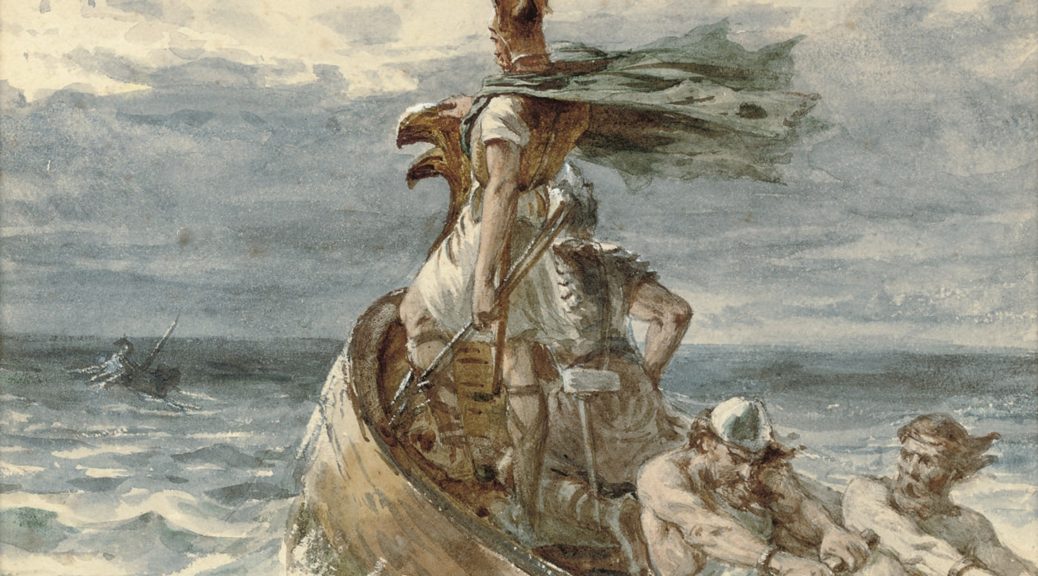
 Our medieval and Viking ancestors were a prejudiced lot. They routinely attacked, enslaved, and killed people who weren’t like them. Furthermore, there was a lot of fear associated with those who were not like them. Does this sound familiar?
Our medieval and Viking ancestors were a prejudiced lot. They routinely attacked, enslaved, and killed people who weren’t like them. Furthermore, there was a lot of fear associated with those who were not like them. Does this sound familiar?